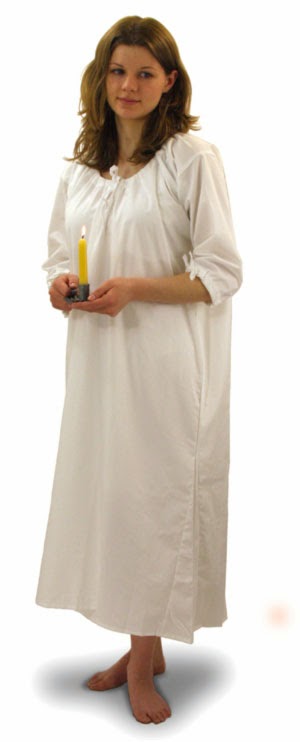THE TURBULENT SIXTIES - I WAS PART OF IT
At the risk of revealing my age, I have to say the 1960’s
was my time. Mini skirts, stilettos (I’ve bunions to prove it), beehive hair
dos, I couldn’t quite manage that, although I did tease the life out of my hair
and regularly put in coloured rinses, French Plum or Rich Burgundy, were the
colours I favoured. I can remember when the Beatles made their first visit out
to Australia
We used manual typewriters in those days. One original and
four copies of everything we typed. I don’t know how many blouses I ruined
because I got ink on the sleeves from changing the typewriter ribbon or the
black stuff off the carbon paper.
During this time the Vietnam War loomed in the background.
The Australian government introduced conscription. It was in the form of a
ballot, or the death lottery as many called it. All twenty year old males had
to register, their birth dates were put into a barrel and a certain number were
drawn out, and those young men had to report to the army and subsequently many
of them were sent to Vietnam
I only had one brother, and I can clearly remember my father
(a World War 2 veteran) vowing, that if his son got called up, he would protest
on the steps of the parliament with a placard on his back.
There were protests marches, anti-war demonstrations, and
things often turned violent. Not that I went to any of the protest marches, but
a cousin of mine did and got trampled by a police horse. A very turbulent time
in our history and I was right in the middle of it.
My novel, Make Love Not War, from Books We Love, has been reduced to just 99 cents on Amazon for the month of September.
BLURB: MAKE LOVE NOT WAR
Make love, not war was the catch cry of the 1960’s. Against
a background of anti-war demonstrations, hippies and free love, Caroline’s life
is in turmoil. Her soldier brother is on his way to the jungles of 
























